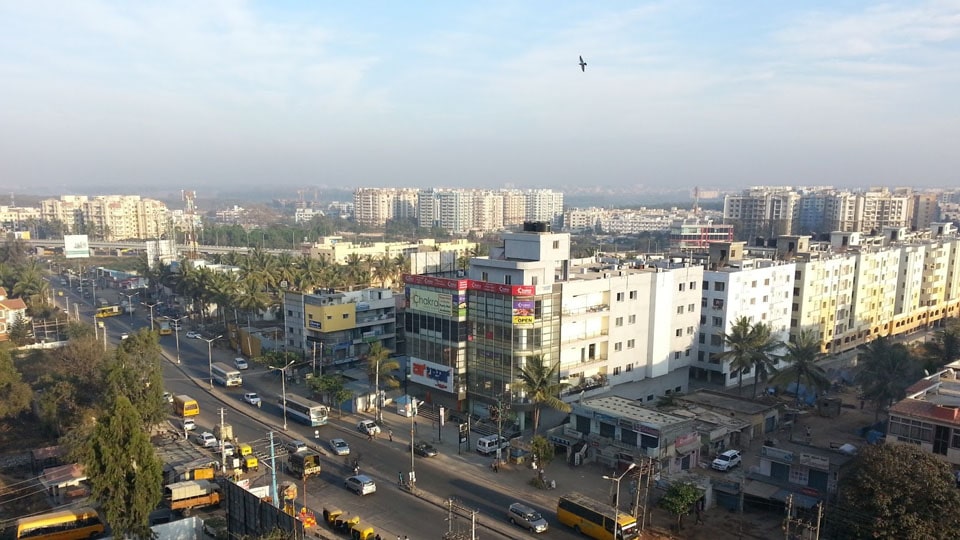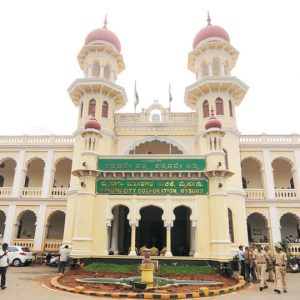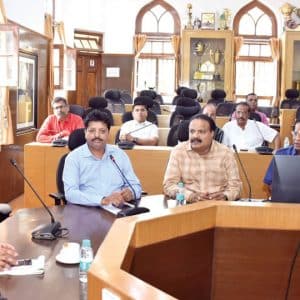The land area per person to live and grow food in adequate quantities on earth is a pressing issue that is going to be more focussed upon by agencies that guide the process of planning strategies aimed at delaying a time, where there is a short fall in resources that support various life forms on the planet. Only about thirty percent of the earth’s surface consists of dry land while the remaining is covered with water. The exposed land comprises mountains, deserts, plains, plateaus, forests, while the arable land is only 13.31 percent of the land surface, according to knowledgeable sources. At the start of 20th century, human population on the planet was one billion (100 crores). We have now crossed the seven billion mark and show no signs of stopping. Given this alarming population rise, the issue of sharing shrinking per capita liveable spaces looms large upon us. More cities are emerging across the world, resulting in a burgeoning headcount in each city. This leads to inadequate spaces for dwellings, roads, industries and all other infrastructure components. These spaces are essential to sustain economic and social activities of human beings, without encroaching on the habitat of the rest of life forms.
The philosophy of Maha Upanishad that “One is a relative, the other stranger say the small-minded; the entire world is a family, live the magnanimous,” embodied in out-of-favour joint family system has suffered a time-warp, with no signs of revival ahead. At the other extreme is the deepening desire to own spaces in urban areas, at whatever price.
The global scenario is marked by a claim to sovereignty over spaces, defined as distinctly identified countries and intra-countries. The intra-country scenario peculiar to India is marked by a demand of inclusion of more areas in various States, based on language and other factors. The period, after the demarcation of boundaries by the then States Reorganisation Committee, has witnessed a wrangling for more land area by powers that be in respective State governments. This is a mockery of both democracy and the Upanishadic expression, “The world is one family.”
Robert Malthus (1766-1834), the English Scholar in the field of political economy, had made a profound statement that the population has a tendency to grow until the economically weaker sections suffered hardship and greater susceptibility to famine and disease. The prophetic view of the classic economist stands unaltered to this day, except in some pockets across the world. The trend of war for spaces within cities in different States and countries defies one’s imagination.








Recent Comments